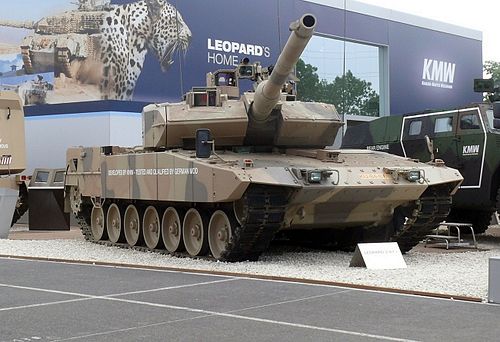GERMANY TYPE TANK ENGINE
The core advantages of German tanks lie in their precise firepower, reliable armor, flexible mobility, and comprehensive balance, emphasizing overall combat effectiveness and multi-mission adaptability.
Leopard Series (Leopard 1 / Leopard 2)
Service Period: Leopard 1 (1965 – present, partially decommissioned), Leopard 2 (1979 – present)
Features:
Powerful firepower: 120 mm rifled gun (Leopard 2)
Excellent composite armor and protection system
High power-to-weight ratio diesel engine, good mobility
Modern Leopard 2 is equipped with digital fire control and information systems
Tactical concept: Balances firepower, protection and mobility, pursuing a comprehensive balanced main battle tank design

| Engine Model | Type | Displacement (cc) | Power | RPM | Application | Notes |
|---|---|---|---|---|---|---|
| Maybach HL 230 P30 | V12 gasoline, water-cooled | 23.1 L | 700 hp | 3000 rpm | WWII Tiger & Panther tanks | Iconic WWII German tank engine, high fuel use, prone to overheating |
| MTU MB 838 CaM 500 | V10 turbocharged diesel, water-cooled | 37.4 L | 830 hp | 2200 rpm | Leopard 1 MBT | First German MBT diesel engine, reliable for Cold War era |
| MTU MB 873 Ka-501 | V12 twin-turbo diesel, water-cooled | 47.6 L | 1500 hp | 2600 rpm | Leopard 2 MBT (A0–A7) | Highly reliable, widely exported, backbone of Leopard 2 |
| MTU MB 883 Ka-500 (EuroPowerPack) | Compact V12 turbo diesel, water-cooled | 27.4 L | 1500 hp | 2700 rpm | Export Leopard 2, UAE Leclerc upgrade | Lighter, compact high power-density design |
| MTU MT 883 Ka-500 / Ka-501 | V12 modular diesel | 27.4 L | 1500–1650 hp | 2700 rpm | K2 “Black Panther”, Turkish Altay | Modular, designed for quick replacement |
| MTU 890 Series | V8 / V12 modular high-power diesel | 18–27 L | 600–1500 hp | up to 3000 rpm | Puma IFV, future platforms | Very compact, extremely high power density |